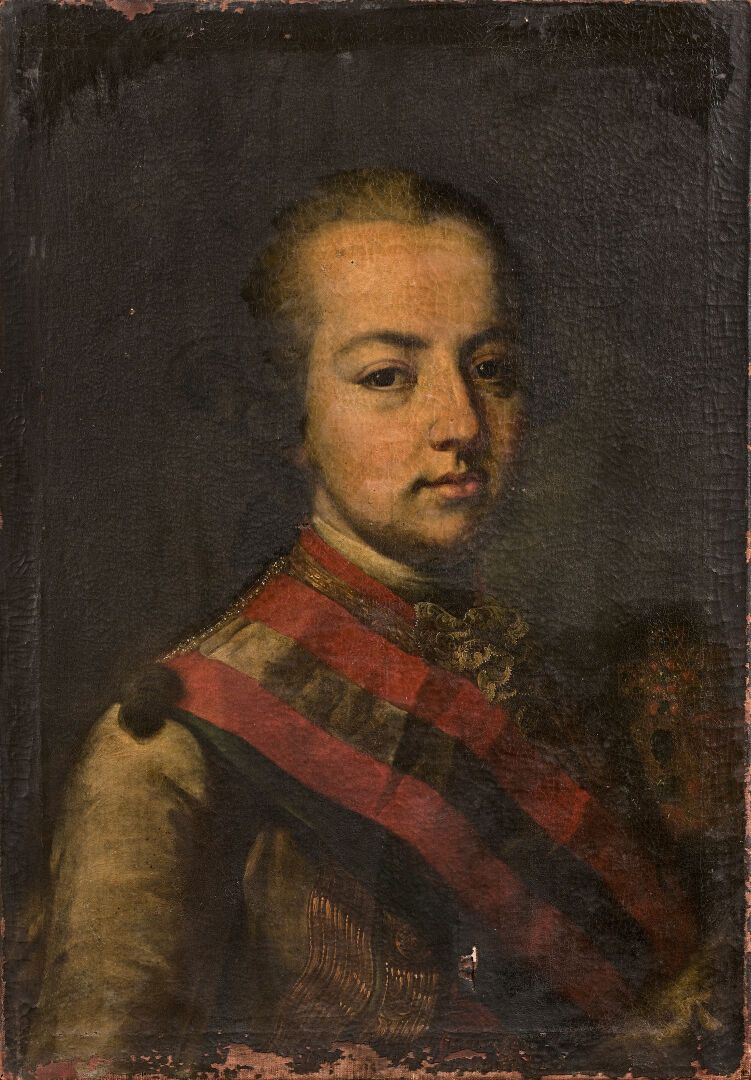Description
Martin van MEYTENS (Stockholm 1695 - Vienna 1770) Portrait of Charles Joseph of Habsburg Lorraine (1745-1761) Original canvas and frame. Misses and accidents. 65 x 45 cm
38
Martin van MEYTENS (Stockholm 1695 - Vienna 1770) Portrait of Charles Joseph of Habsburg Lorraine (1745-1761) Original canvas and frame. Misses and accidents. 65 x 45 cm
You may also like
